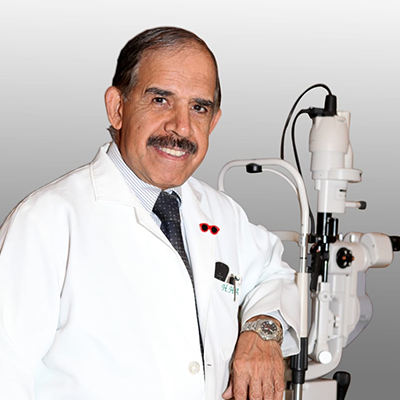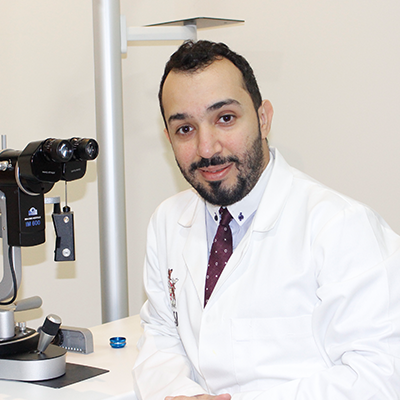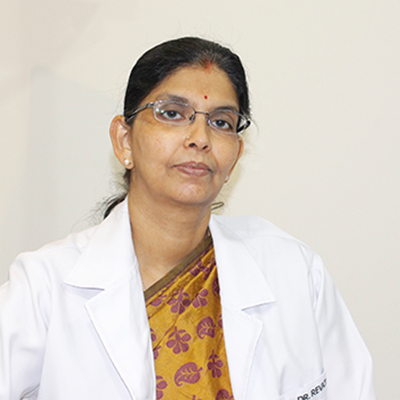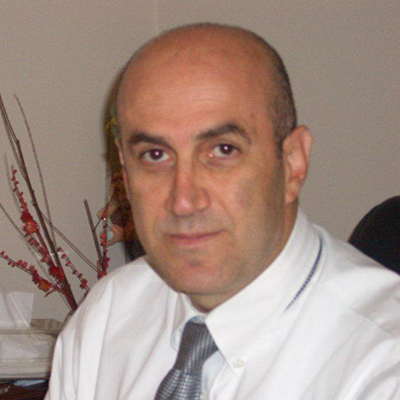Refractive Surgery

Refractive surgery is the term used to describe surgical procedures that correct common vision problems (nearsightedness, farsightedness, astigmatism and presbyopia) to reduce your dependence on prescription eyeglasses and/or contact lenses.
If you have a refractive error, such as nearsightedness (myopia), farsightedness (hyperopia), astigmatism or presbyopia, refractive surgery is a method for correcting or improving your vision. There are various surgical procedures for correcting or adjusting your eye's focusing ability by reshaping the cornea, or clear, round dome at the front of your eye. Other procedures involve implanting a lens inside your eye. The most widely performed type of refractive surgery is LASIK (laser-assisted in situ keratomileusis), where a laser is used to reshape the cornea.
For people who are nearsighted, certain refractive surgery techniques will reduce the curvature of a cornea that is too steep so that the eye's focusing power is lessened. Images that are focused in front of the retina, due to a longer eye or steep corneal curve, are pushed closer to or directly onto the retina following surgery.
Corneal Cross linking

Corneal cross-linking (CXL) is a treatment for patients with keratoconus which can prevent their condition getting worse. CXL is successful in preventing the condition deteriorating in more than 90% of cases. After treatment, you will still need to wear spectacles or contact lenses. Keratoconus gets worse because the cornea weakens. CXL, also known as C3R, uses ultraviolet light and vitamin B2 (riboflavin) drops to stiffen the cornea. Used together, they cause fibers within the cornea to cross-link – or bond more tightly. This treatment mimics the normal age-related stiffening of the cornea, which is known as natural cross-linking.
Corneal Transplant

Corneal transplantation, also known as corneal grafting, is a surgical procedure where a damaged or diseased cornea is replaced by donated corneal tissue. When the entire cornea is replaced it is known as penetrating keratoplasty and when only part of the cornea is replaced it is known as lamellar keratoplasty.
Cataract Treatment (Phaco + IOL):

Cataract is a clouding of the normally clear lens of your eye. For people who have cataracts, seeing through cloudy lenses is a bit like looking through a frosty or fogged-up window. At Al Arrayed Eye Center, we perform Cataract surgeries, remove the clouded lens and replace it with a clear lens using the latest technologies in less than 30 min, without anesthesia injection, with no stitches* and with no pain
Medical and Surgical Retina

Diabetic and Hypertensive Eye Disease Treatment
Diabetes is the most common cause of vision loss in the working age population in the developed world. A wide variety of problems occur in diabetes that need different types of treatment. This may require laser to the retina to stop blood vessels growing, injections into the eye to stop blood vessels leaking, or surgery to remove scar tissue or fix retinal detachments.
- Retinal Detachment
Although not common the effects of retinal detachment can be devastating. Treatment will vary depending on the extent and type of retinal detachment. This may include just laser treatment, injecting a bubble of gas into the eye, placing a buckle around the eye or removing the vitreous jelly and undertaking a major retinal reconstruction.
- Macular Degeneration
Macular degeneration is the leading cause of vision loss. It's also called age-related macular degeneration. Your macula is part of your retina -- the area in the back of your eye that turns images into signals that go to your brain. It lets you see small details clearly.
Glaucoma Treaments

Glaucome treatment can be done in several different ways, including eye drops, laser therapy and surgery (trabeculectomy).
Oculoplastic Procedures

An oculoplastic procedure is a type of surgery done around the eyes. You may have this procedure to correct a medical problem or for cosmetic reasons. As part of our mission at Al Arrayed Eye Center, to provide the highest standards to meet patients’ expectations, we have one of the best Oculoplastic Surgeons in the area.
Add conditions Blepharoplasty, browplasty, DCR, socket reconstruction, Entropion surgeries, evisceration, electrolysis, tarsorrhaphy.
Orthoptic Treatment and Surgeries

- Strabismus (Squint)
Strabismus is a condition that arises because of an incorrect balance of the muscles that move the eye. Professor Ibrahim Dunia, one of the leading Surgeons specialized in squint treatment and surgery, visits Al Arrayed Eye Center as part of our mission to provide the highest standard in patient care.
Uveitis Treatment

Corticosteroid eyedrops. Corticosteroid eyedrops are usually the first treatment used for uveitis that affects the front of the eye (anterior uveitis) and isn't caused by an infection. Depending on your symptoms, the recommended dose can range from having to use eyedrops every hour to once every two days.
Trauma Management

Traumatic injuries can range from minor isolated wounds to complex injuries involving multiple organ systems. All trauma patients require a systematic approach to management to maximize outcomes and reduce the risk of undiscovered injuries.







